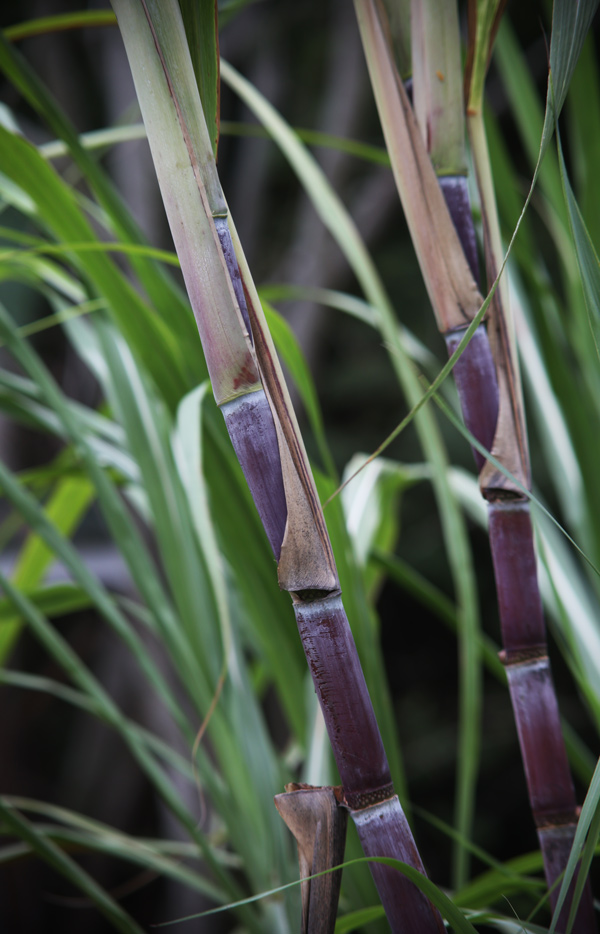This year our sugarcane yields were much worse than they should have been.
They put on some good growth early in the year, but the drought that has lasted since July really put a damper on their growth.

The pile of sugarcane we harvested should have easily been three times as big.

Many of the canes are also less thick than they should have been. We rely on the rain for most of our cane and we just didn’t get enough.
Yet there is another limiting factor of which I’ve only recently become aware.
Calcium. More specifically, lime.
As UF notes:
“Calcium deficiencies in Florida sugarcane are unlikely because this element is abundant in the soil-water environments where sugarcane is traditionally grown. Nevertheless, Ca is a macronutrient that is vitally important for plant growth. An acute shortage of Ca will lead to rapid deterioration and plant death. Most of the organic soils in Florida overlay limestone bedrock, and Ca is moved into the surface soil profile by diffusion and mass flow with soil water.
Our soils here are acidic and often need liming. Two different sugarcane growers in our area told me that liming was important to their yields.
We fed our cane with manure in the “wagon wheels” we planted (Danny at Deep South Homestead gave us the idea) by adding manure around the canes when we planted.
Normally sugarcane is a very easy crop to grow, yet our yields this year were poor. Part of it was obviously the drought, yet I think we also need to add more nutrients as well, starting with lime.
Also, UF has a list of other nutrients sugarcane needs to grow properly, which interestingly, includes silicon:
“For any crop to grow and remain healthy, certain elements (nutrients) must be made available to the plants from the soil and/or air. The “essential” elements include C, H, O, N, P, K, Ca, Mg, S, B, Cl, Cu, Fe, Mn, Mo, Zn, and Ni. In Florida and some other areas of the world, application of Si may markedly enhance sugarcane production. This element qualifies as a “functional” or “beneficial” nutrient because, in the absence of Si, the plant can still complete its life cycle; however, production and general vigor may be reduced. In the Florida sugarcane industry, elements that are of nutritional concern include N, P, K, Mg, Si, B, Cu, Fe, Mn, and Zn. Deficiency or excess of one or more of the above elements may limit yields. An excess of one element may cause a deficiency of another. Growers striving to produce high crop yields should pursue management strategies that deliver a balanced supply of nutrients to the plant.”
It’s time to plant more cane so we’ll add more nutrients this year and hope for better rain as well.
It’s going to be very hard to plant them this fall since the ground is hard as a rock. We’ll probably have to let the hose run over an area first just to soften up the soil enough to be workable. What a weird year!
We didn’t get enough yield to make syrup, but we did manage to get enough cane for expanding our planting area as well as giving us lots of cuttings we can propagate in our plant nursery to well in the fall. We’ve already potted up 100 plants and have some more to do, including a rarer green hybrid from Louisiana we got from our friends James and Holly.
Maybe 2024 will be our big yield year! Try, try again.
We will add lime, compost, kelp meal and whatever else we can find, then see what happens in spring.
Today’s music:


1 comment
I live in the high desert of Central Oregon, zone 3 where I woke up to 14° this morning! I feel a little lonely over here on the west coast but I still watch all your videos and read all your books because the information you teach is always valuable and interesting. Thank you David .
Comments are closed.